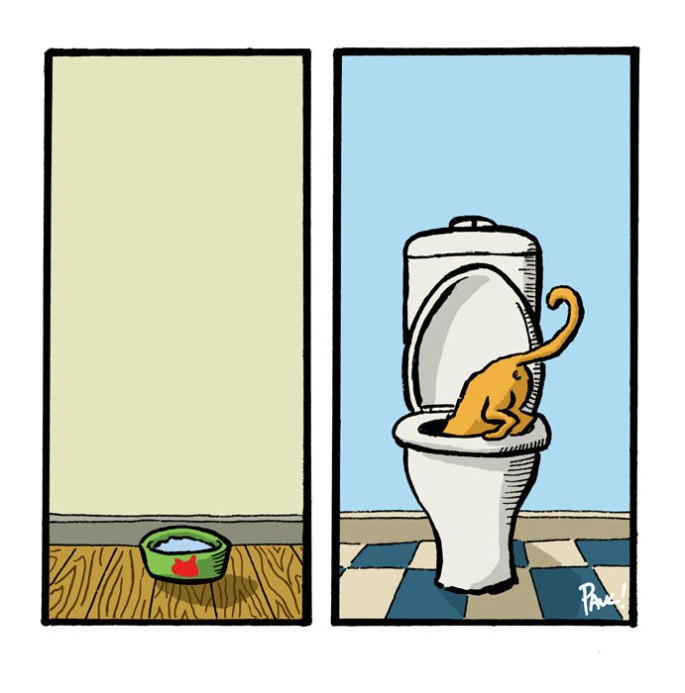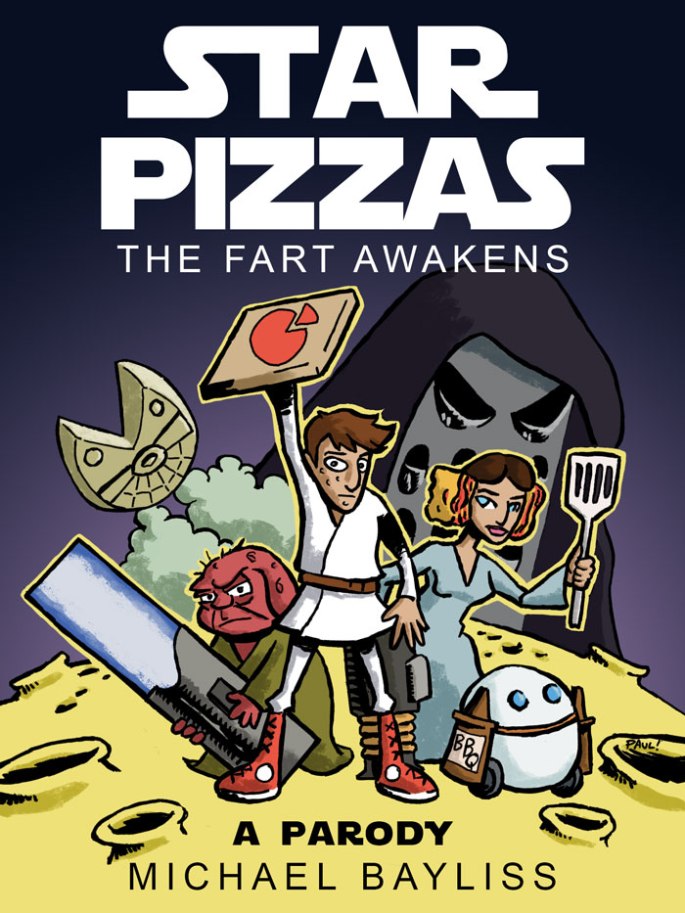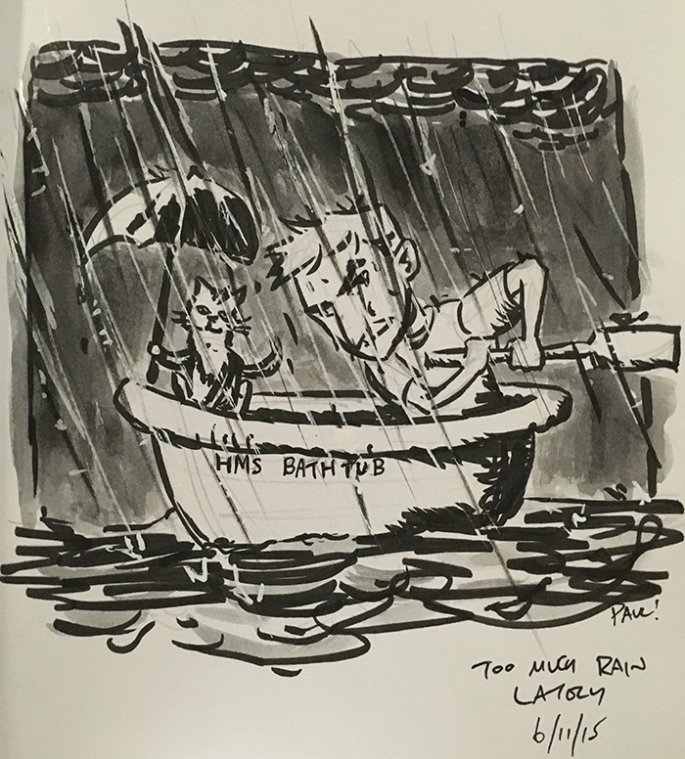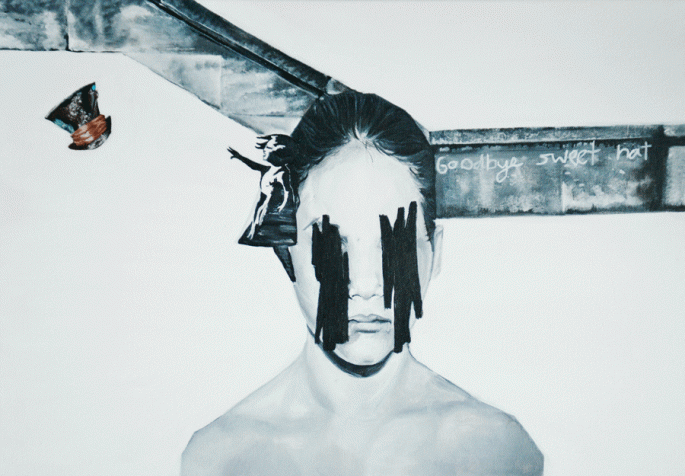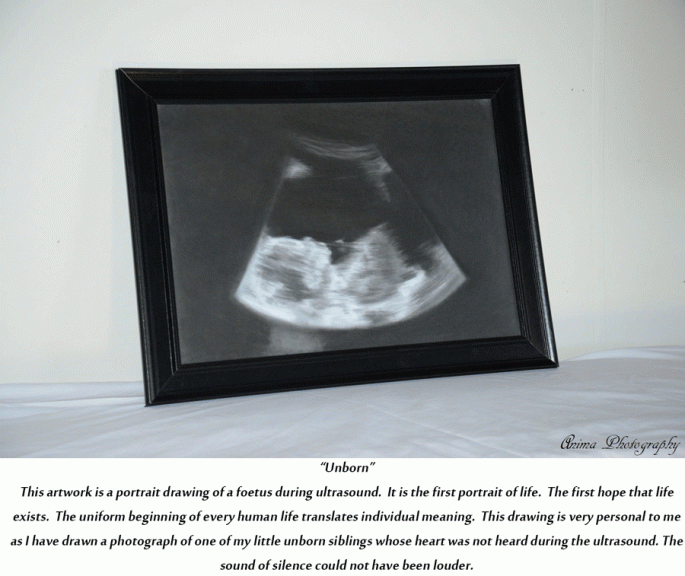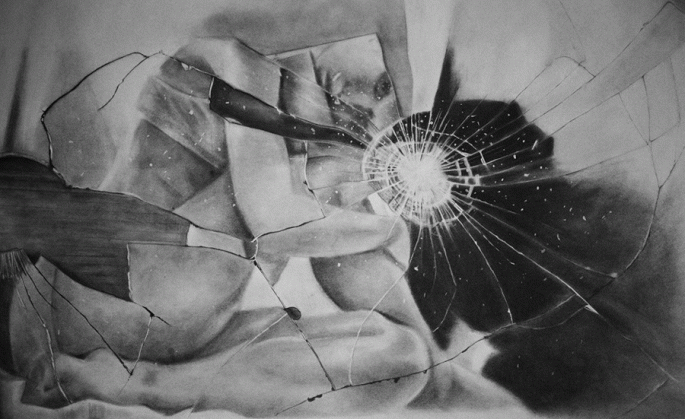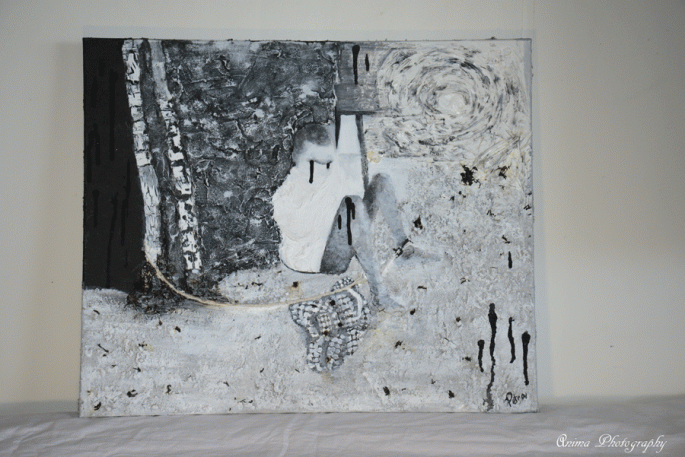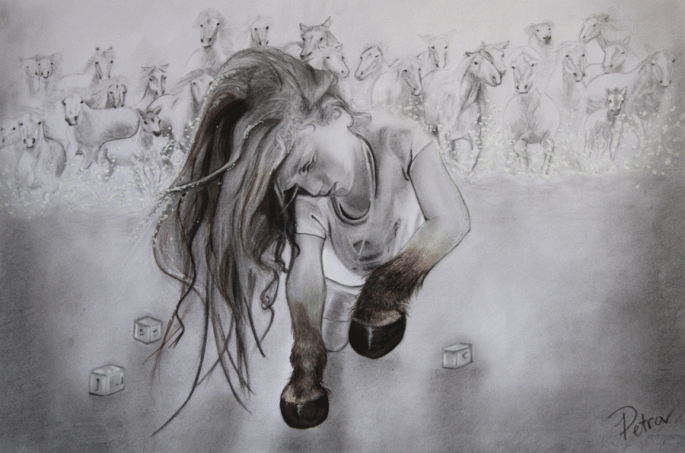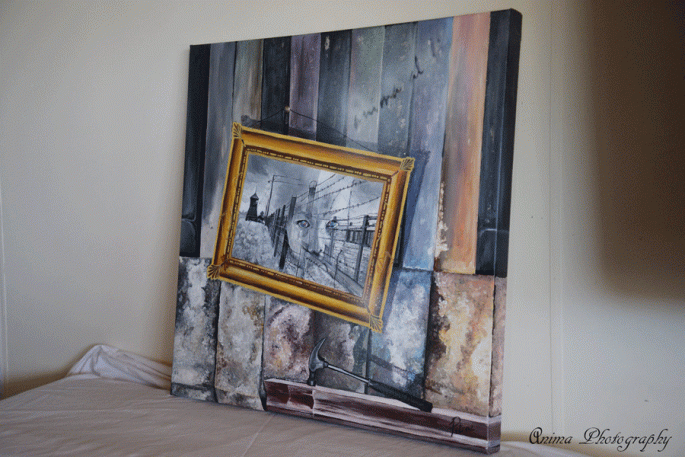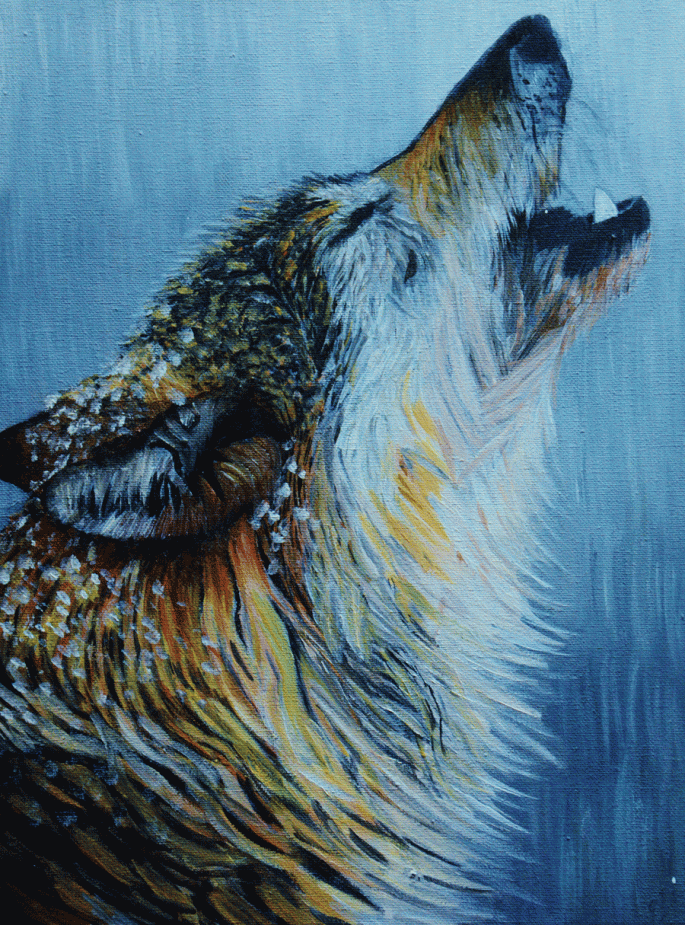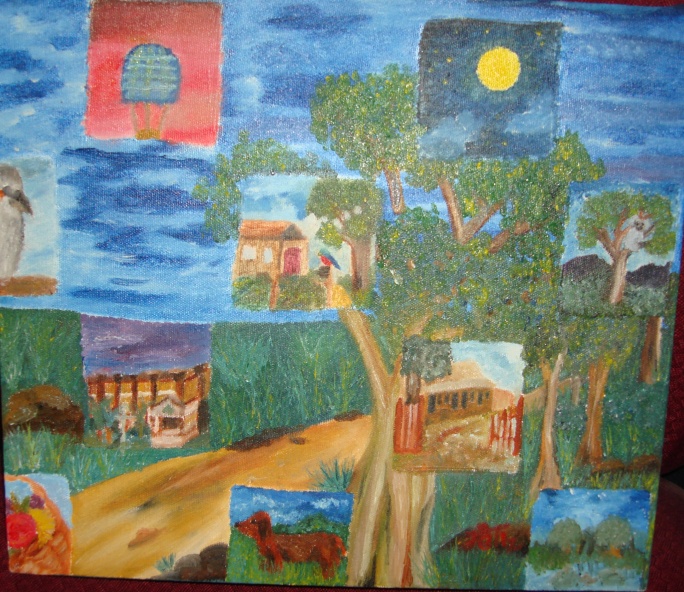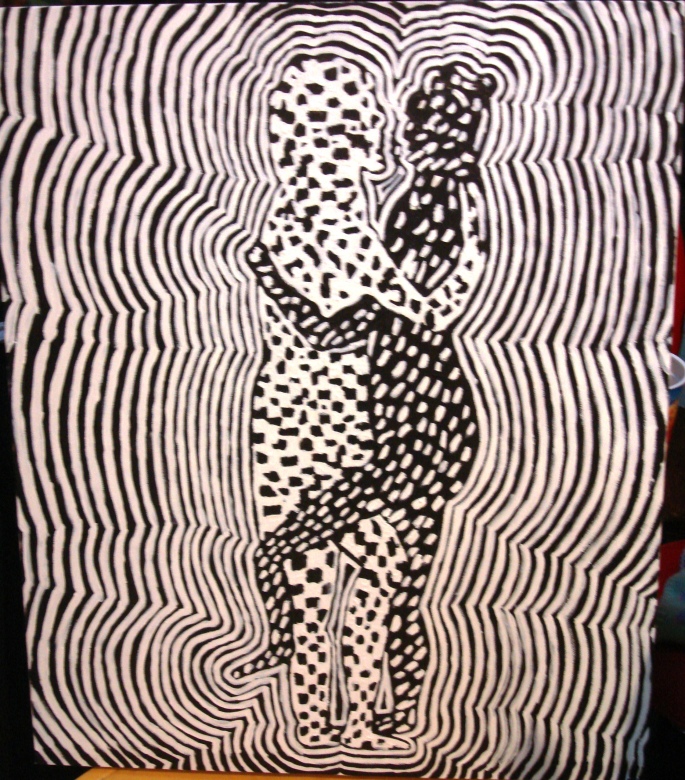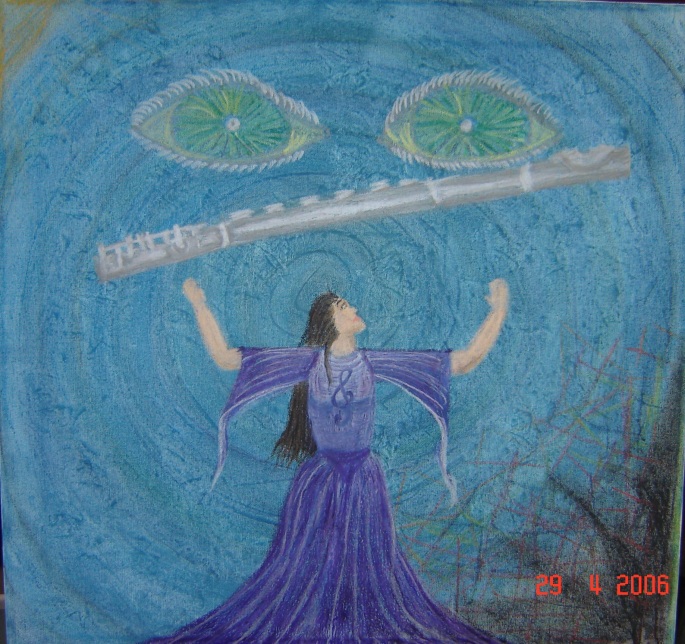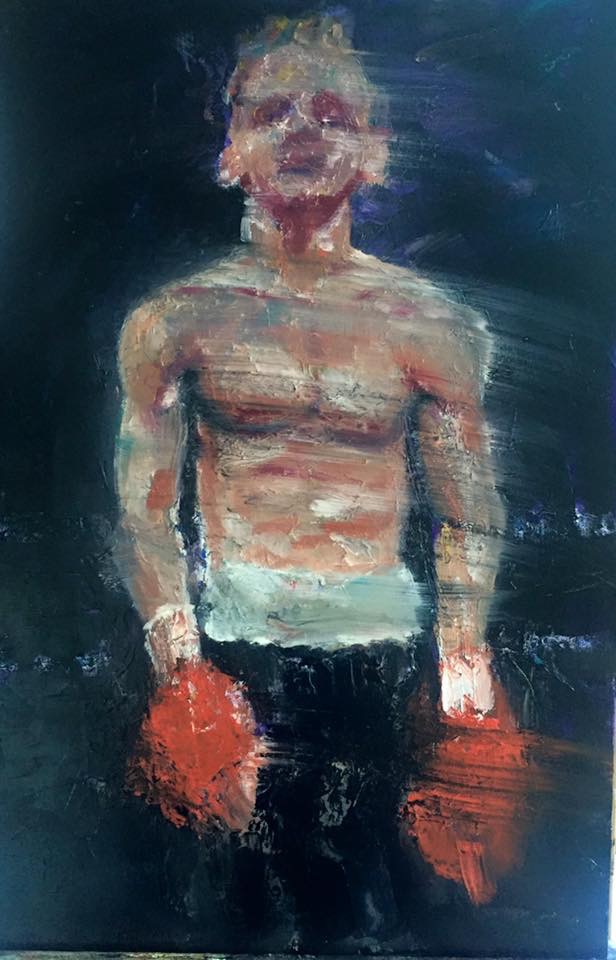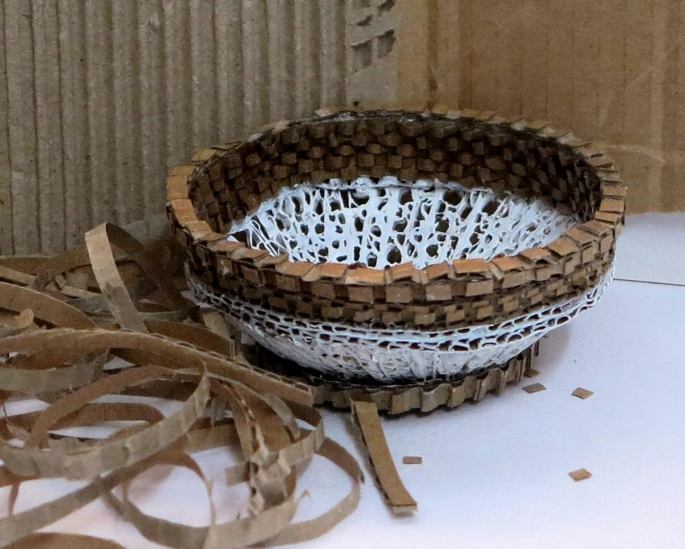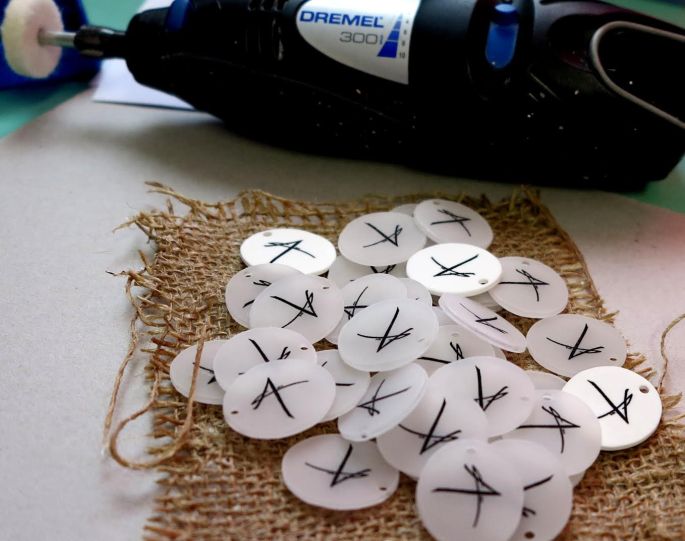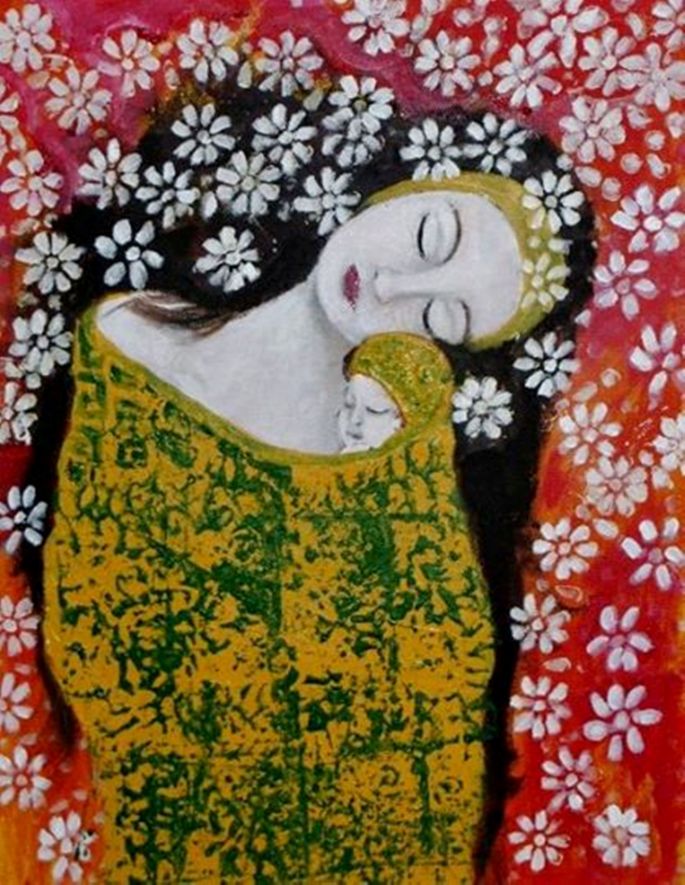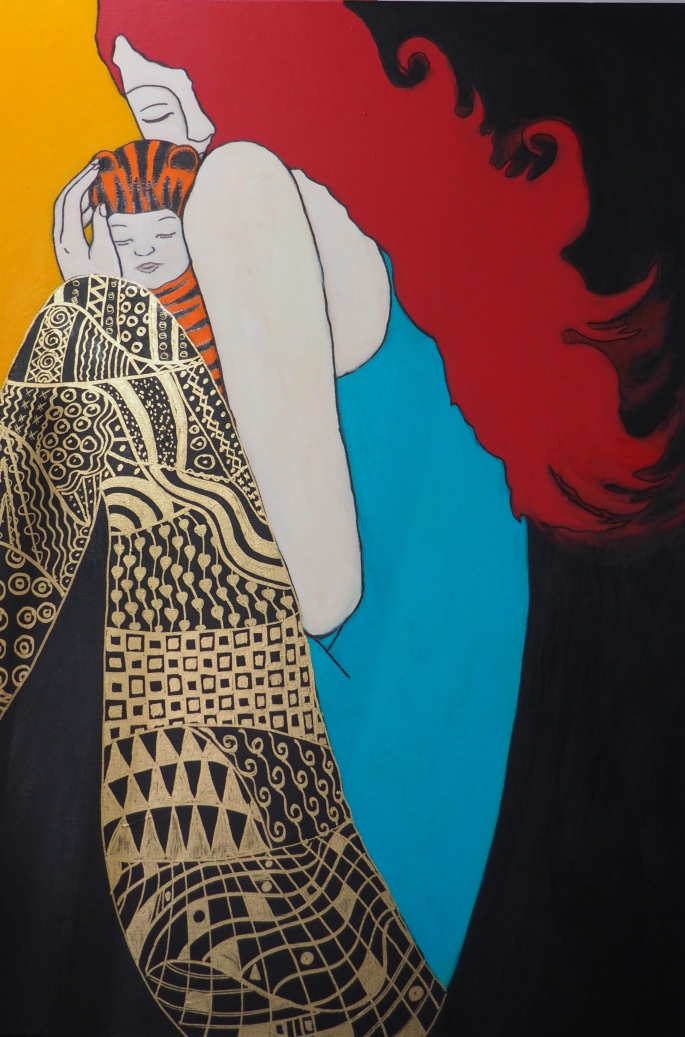I have a treat for readers today! An exclusive and in-depth interview with one of the most interesting artists I have had the pleasure of speaking to; contemporary artist Julee Latimer. What Julee does with paint will make you look at the materiality of paint in a whole new way!
The Interview
Who are you and what do you do?
I am Julee Latimer and I make beautiful things.
Why do you do what you do?
I have a passion for creating, for making things with my hands.
How do you work?
I start with a colour. Making a work often revolves around one colour in all of its nuances. I make a number of pour paintings all using different varieties of one colour with possible additions of analogous hues. When dry I use these paintings to fragment, layer, and weave. If I am working 2D, these pieces end up on a canvas. When working 3D I test techniques for enabling free standing or suspended form. As I progress, the work often begins to remind me of something and the name springs from there. Sometimes I have an idea in mind, such as a mythological place or a sunset. It is only impressions of the colours that these ideas bring, so again, I begin with colour.
All of this takes place in my studio whilst listening to audio books in a loop and drinking green tea from a gorgeous patterned teapot.
What is your background?
I have drawn and painted all of my life, changing the spelling of my first name when I was about 8 in readiness for becoming a famous artist. I did a degree in Interior Design stopping 6 months before the end as I realized that the big picture does not interest me as much as the details I then studied Colour Therapeutics.. I moved countries 12 times in 17 years and whilst living in Indonesia I read an article about mosaics. It started an obsession that lasted years. I worked professionally as a mosaic artist completing residencies in schools, exhibiting widely, including a solo in New York. I wrote a book ‘Sculptural Secrets for Mosaic’ and taught the art form in Sweden and then in Melbourne. I also worked as a freelance knitwear designer for a time. Four years ago, my practice moved away from glass and into paint again. I am currently in the final stages of my BFA with a double major in Painting and Sculpture.
What is integral to the work of an artist?
Trust, belief, dreams and solitude.

What role does an artist have in society?
All artists are different. I should like to transport my audience into another world and to add some beauty to their lives. I would like my work to make the viewer stop for a while to contemplate.
What has been a seminal experience?
In terms of my painting it was the realization that I could work on plastic. This freed up a whole new direction where I could use paint in its dried form as a basis for sculptural techniques. I was also mighty relieved to say goodbye to the paintbrushes, I have never liked the feel of them in my hands.
Explain what you do in 100 words.
I bring impressions to life. Hmmm… 95 words to go…
I use the back of the paintings as much as the front. I make sculptural works out of paint. I make art for inside and out. I like to paint everything vivid colours. I am continually working on new explorations to incorporate into my work. I love the idea of taking mundane materials and transforming them into something remarkable.
How has your practice changed over time?
Early on I tried to draw and paint realistically, but felt the need to look closer, closer, and closer until the works were more abstract. I like to create beauty so was drawn to the sparkle of glass and used it in all of its forms to make mosaic. I like to create three dimensionally so quickly began to make sculpture to place glass onto. I like textural works so gravitated toward making unique knitwear. Now I combine all of this into my painted creations.
What art do you identify most with?
I take a lot of inspiration from fibre art and craft practices. I think though, whatever I do, I tend to do it abstractly.
What work do you most enjoy doing?
Losing myself in colour, thinking up new ways to use colour, deciding which colours to explore next and how. Fragmenting works and putting them back together again.
What themes do you explore?
My works seem to revolve around the unseen, impressions, invisibility and changing perceptions.
What is your favourite artwork?
I don’t have one. Artists I admire come and go according to what I am working on at the time. At the MOMA exhibition, NGV Melbourne, the three artworks I was most moved by were the shadows cast by Anni Albers weaving, Al Loving’s torn canvasses and El Anatsui’s bottle cap wall hanging. Although I paint, I am only rarely inspired by other painters.

Describe a real life situation that inspired you.
I think that the constant moving that took up a large part of my life plays an indirect role in the way I see the world – in flashes and glimpses (stopping and starting) rather than full on and complete. Lately, for example I created paint weavings to symbolise the memories of past homes and the people I have left behind. But this recent project is the first that has dealt directly with the influence the moving has had on me and I found it very draining. The moving also indirectly influences the way I often work with ideas of invisibility and lack of support, both of which are felt when moving to a new country, in my experience. Mostly, I think I process information by fragmenting it, whether emotional or visual. For example, I couldn’t decide on a flavour at the Gelati Bar a few weeks ago. I came away from that experience with impressions of the pattern and swirl of the myriad of colours. This played out in my Gelati painting. So it is not all inspirations of great depth.
Why art?
Why breathe…?
What is an artistic outlook on life?
It is appreciating the unseen space that exists between the layers of life. It is seeing the beauty in the ordinary.
What is a memorable response you have had to your work?
When one of my paintings was featured in Art Edit magazine, it was critiqued by three interior designers. One of them said “it was like a psychedelic jewel box or a slice through the earth of a land made totally of candy” (Brett Mickan, 2016). I liked that description as it suggested the playfulness of a kaleidoscopic journey. The Untitled work became Candyland.

Is the artistic life lonely? What do you do to counteract it?
It can be isolating and there is a great deal of alone time, but that does not necessarily equate to loneliness. I tend to look up every few months and realize that I need company. I arrange dates to catch up with friends and invariably eat too much café food along the way.
What do you dislike about the art world?
Launches – my own and other peoples.
Business – the need to market myself on umpteen online platforms.
Finances – the way in which galleries will promote the artists who sell over the many artists who are making fabulous work and could sell, given half the chance.
Discounts – galleries who offer reductions of any kind on artwork. It puts out the wrong message, looks unprofessional and means that work hours often go unpaid.
Fees – the extortionate fees required to exhibit or to enter art prizes.
What do you dislike about your work?
I dislike having to sort out the irritating stuff, like how it will hang, can it suspend without seeing the fixings and how will it transport if someone wants to buy it. Specifically, I dislike everything I do in the middle part of its creation. I think of my process like a journey, the upward incline of excitement as the idea takes shape. The drop into the shady valley when it looks nowhere near as good as in my head. The mountain top I reach when the work is finished and I can’t believe I actually achieved the result I wanted. For this reason, and for my sanity, I always work on a number of pieces at one time.
What do you like about your work?
I like the vast amount of alone time it affords me. I like being surrounded by the colours that I resonate with. I like that I make use of my hands to create wonder on a daily basis, assuming it all goes to plan. Mostly I love to be able to bring my imagination to life in interesting visual ways.

Should art be funded?
Hell yes.
What role does art funding have?
It validates what we do and allows us equal footing with those who have a regular monthly pay packet.
What research do you do?
I do a lot of googling and reading art magazines, both online and in print. I visit the NGV (International and Australian) a fair bit, getting to as many curator talks as I can.
What is your dream project?
To realize my ideas at huge scale by the creation of works that people can be enveloped in. Ideally this would be at the NGV and I would be paid for it (handsomely). I would have a team of practically minded assistants. I would also have a marketing agent to shield me from too much reality, such as TV appearances
What three artists would you like to be compared to?
I have no interest in being compared to anyone. I feel that one of the most insulting things an artist can hear is ‘your work is so similar to…….’

Favourite or most inspirational place?
I have a studio in Venus Bay, South Gippsland. It is peaceful there facing a farm filled with cows and kangaroos. There are cockatoos and galahs squawking, butterflies flitting and the scent of jasmine and lavender on the air. There is the roar of the ocean in my ears. I can think clearly there and the emphasis is not as much on outcomes as it is in my home studio.
What is the best piece of advice you have been given?
I have thought long and hard over this question and cannot think of anything in particular. However, I like this quote although I have no idea who said it, “do what makes you happy and the money will follow”, beautiful sentiment and it is so nice to be happy whilst I wait.
Professionally, what is your goal?
To have gallery representation worldwide. To be in major international collections. To have articles written about me and my work. To be able to afford a marketing agent and professional photographer. To be awarded grants to exhibit internationally. To pay a teenager to handle all social platforms.
What wouldn’t you do without?
My family and colour.
Thank you Julee for baring your artistic soul to us with your insights and for sharing your beautiful works.

If you’d like to see more of Julee’s work she can be reached via the links below.
Gallery www.bluethumb.com.au/julee-latimer
Facebook www.facebook.com/ArtbyJuleeLatimer
I am a member of blogging communities, you will find my posts here too:
https://guestdailyposts.wordpress.com/guest-pingbacks/
https://plus.google.com/u/2/communities/103525137929319878376






